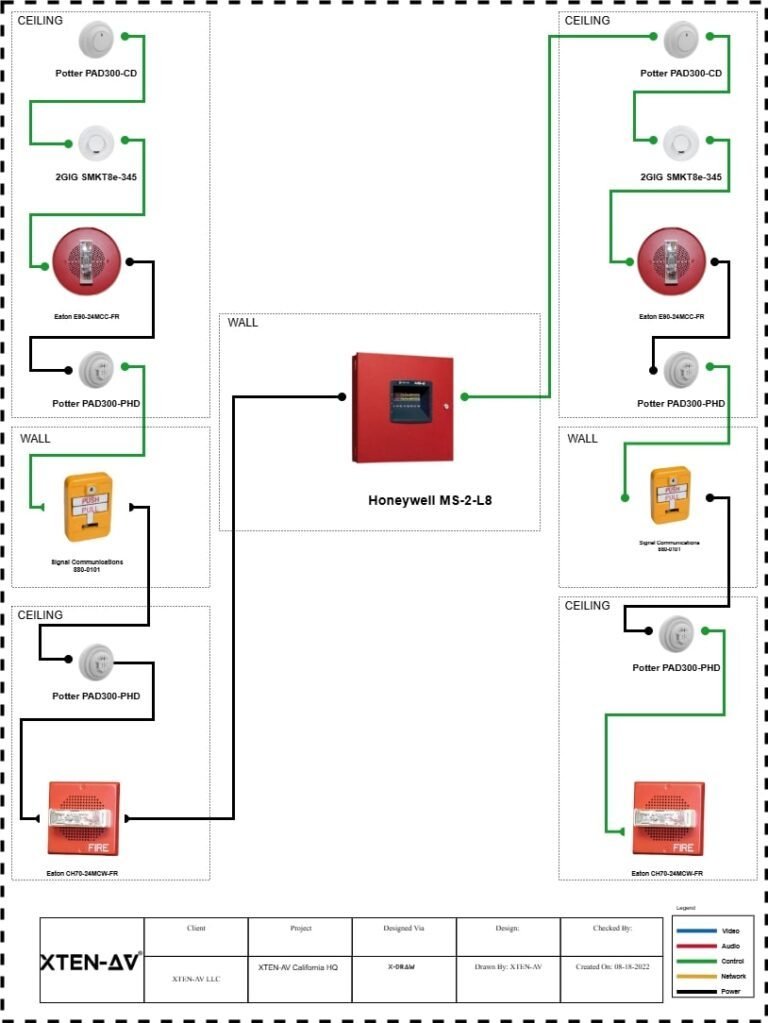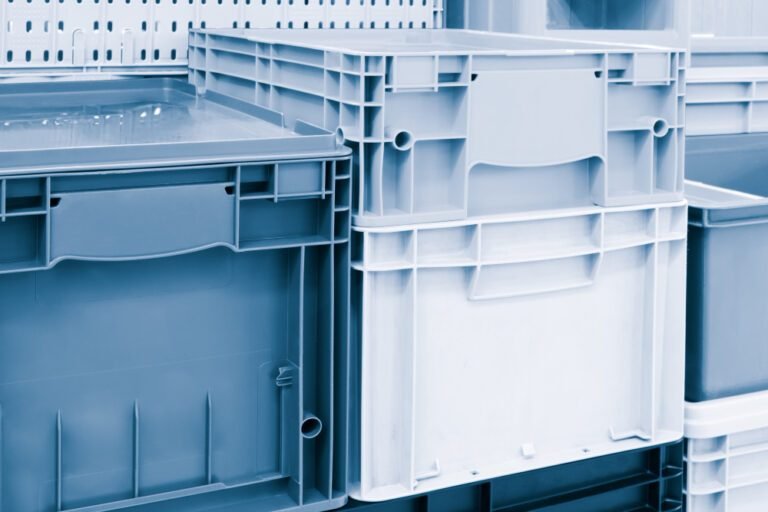Injection molds are the most valuable asset in a factory, often costing a great deal of money. This means protecting these precision molds when they’re not running is essential for business. And with the use of modern injection mold storage systems, it shields high-value tooling from contamination and harm. It’s a way to prevent damage from corrosion and improper handling.
What are Reliable Mold Storage Systems?
Reliable mold storage systems combine specialized physical structures with strict environmental controls. The goal is to create a secure, stable environment that stops the two main enemies of mold tooling: physical impact and environmental damage. This protection maintains the mold’s dimensional accuracy over its long service life.
Preventing Physical Damage
Molds are easily damaged when moved or stored incorrectly. Forklifts can bump the sides, causing misalignment, or molds can be stacked improperly, leading to broken fine features. A dedicated storage system uses heavy-duty racking built to safely hold massive weights. Each mold is placed on its own level or drawer, preventing contact with other molds. This structured approach eliminates accidental damage caused by human error or machine handling.
Controlling the Environment
The precision steel used in molds is highly susceptible to rust and contamination. Rust can quickly degrade the fine finish of a cavity surface, which instantly ruins the quality of the plastic part. These reliable storage systems are often located in climate-controlled areas. They actively monitor and control humidity and temperature to stop condensation and corrosion. Sometimes, systems even use dry air blanketing to stop any moisture from touching the tool’s surfaces.
Integrating Mold Maintenance
A good storage system also supports mold maintenance activities. Molds are frequently treated with specialized protective coatings or lubricants before storage to stop rust. The storage area provides easy, accessible space to apply these treatments. Furthermore, the racking systems are designed so that technicians can easily slide out a mold for quick inspection without needing to move the entire tool to a workshop.
Why Tool Protection is Essential for Quality
Maintaining Part Accuracy
Precision molds are engineered to sub-micron tolerances to produce complex parts for demanding applications. If the mold plates shift or the core pins bend during rough handling, the entire mold alignment is compromised. These storage systems use specialized locking mechanisms on their drawers or shelves to stop any movement or vibration. This stability maintains the mold’s original dimensional integrity.
Reducing Repair and Downtime Costs
Mold repair is expensive and time-consuming. A minor scratch might require days of highly skilled labor to fix, and during that time, production stops completely. By protecting molds from damage, specialized storage systems minimize the need for unscheduled maintenance. This drastically reduces downtime and saves manufacturers from costly repair bills. The low cost of the storage system pays for itself many times over by preventing a single major repair.
Stopping Contamination
Molds must be kept absolutely clean. Dust, dirt, and even fingerprints can leave residues that cause defects in the finished plastic parts. Storage systems use sealed covers or protective enclosures to prevent airborne particles from settling on the cavity surfaces. This contamination control is extremely important for molds used to produce medical or optical components, where cleanliness standards are highest.
How Modern Systems Function
Digital Tracking and Inventory
Large manufacturing facilities manage countless molds that vary widely in size and complexity. Modern storage systems integrate with digital inventory software. Each mold is tagged with an ID that links it to its exact location in the rack and its maintenance history. This digital tracking stops technicians from wasting time searching for a mold. It also provides accurate data on which tools are due for inspection or cleaning.
Automated Retrieval Technology
For the heaviest molds, manual handling is dangerous and difficult. So some of these advanced storage systems use automated storage and retrieval systems (AS/RS). These systems use vertical racks and robotic shuttles to automatically retrieve a specific mold and deliver it to the transfer bay. This technology increases the speed of mold changeovers and removes human interaction entirely, which eliminates the risk of handling-related damage.
Safe Mold Transfer
The moment a mold is moved from storage to the injection machine is when it is most vulnerable. A reliable storage system integrates a transfer cart or roller conveyor that moves the mold at the exact height needed by the machine. This seamless, stable transfer eliminates the use of high-lift chains or rough forklift maneuvers, ensuring the mold arrives at the press safely and perfectly aligned.
Key Takeaway
Reliable injection mold storage systems are necessary investments that combine physical protection, environmental control, and intelligent tracking. These advanced solutions minimize the risk of damage, drastically reduce repair costs, and guarantee that molds are always ready for production. This protection maintains the dimensional stability and cleanliness required to manufacture high-quality plastic components reliably.





























































































































































































































































































































































































































































































